A life of service: the veteran-farmer pipeline
When farmers and military vets get together, they find plenty in common
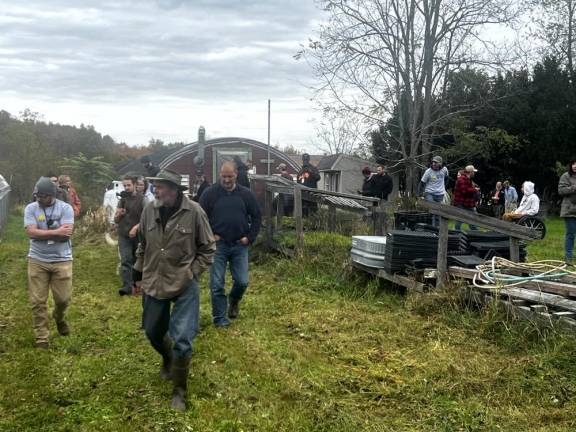
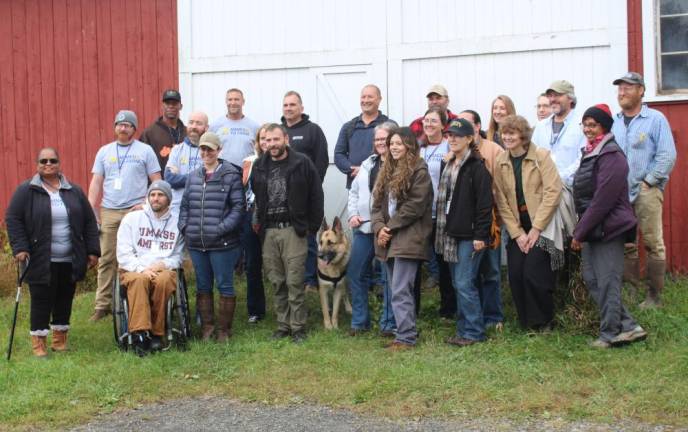
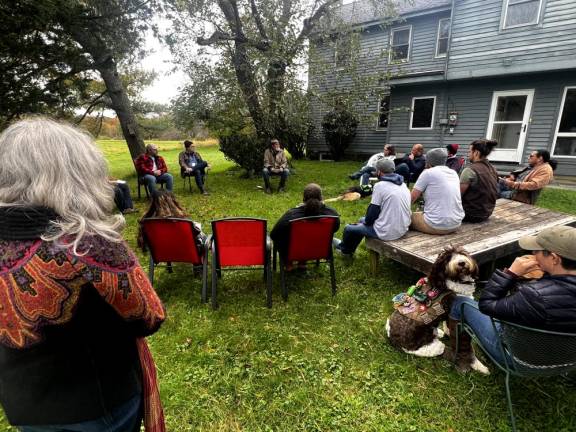
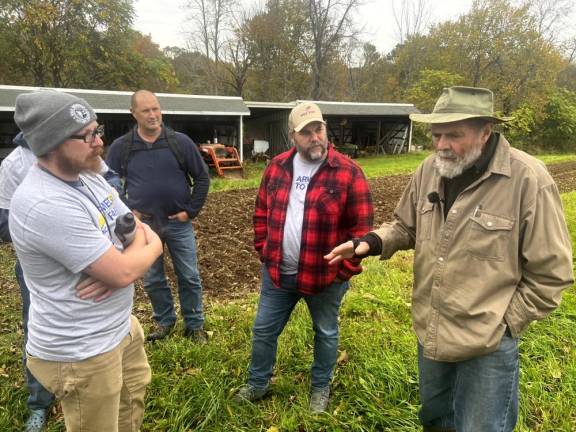
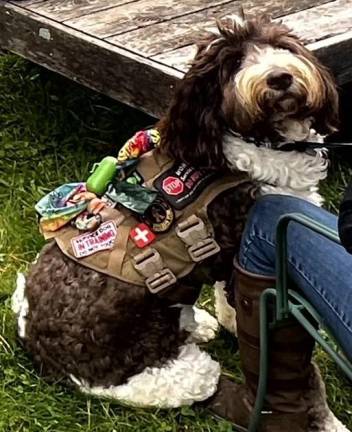
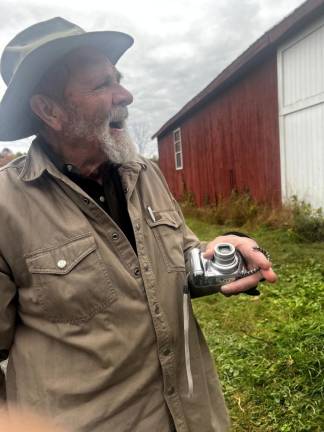
In my 33 years running an organic produce farm in Orange County, a dozen or more college classes and their teachers visited our place to get a firsthand look at local agriculture within an hour and 40 minutes of New York City. The students, most of whom had never been on a farm before, were usually enrolled in introductory environmental science or land use courses. I was always interested to observe their intelligent young faces and assess their curiosity, or lack thereof, in what I suspected some considered a rather anachronistic undertaking. After all, isn’t it the supermarket where food comes from?
How many left with a new and positive perspective on local agriculture, I’ll never know. But, after graduating, several did come to work on the farm for a season or two. It was good to have them. Sometimes I wonder if I might have learned more from those young people than they learned from me.
This fall, we were privileged to host a group of military veterans, all of whom, I think, did want to learn about farming. It was a different experience and gratifying in a new way.
The visit was organized by the National Center for Appropriate Technology (NCAT), a nationwide nonprofit that promotes low-cost, environmentally sound, energy-saving strategies. Their work frequently focuses on underserved rural communities and often promotes sustainable agriculture. Ten years ago, NCAT launched their Armed to Farm initiative, a program for military veterans who are thinking about becoming farmers. To qualify for the program, which covers training expenses, vets must show a serious interest in farming and preferably have some prior experience. Armed to Farm is funded largely by grants from the United States Department of Agriculture, with additional support from donors including public universities and the veterans’ nonprofit Swords to Plowshares.
To date, more than 1,000 vets from across the United States have gone through the program and, according to Lee Rinehart, a sustainable agriculture specialist with NCAT and a gardener, writer, educator and naval veteran. Most of these men and women are now farming, at least in some measure. At this point, Rihehart added, a majority are farming part-time rather than full-time and usually have a source of off-farm income to help make ends meet. Sadly, this is the case with more than four-fifths of farmers these days. It is well known that income from small farms in America is often not enough to pay all the bills.
Headquartered in Montana, NCAT has offices in 11 other states including New Jersey and Pennsylvania. Over the course of a week, vets spend mornings in a classroom environment, learning how to make farm business plans, set goals, market what they hope to produce, manage finances, gain access to USDA programs and seek mentorship from established farmers. In the afternoons they visit successful vegetable, fruit and livestock farm operations. It’s a crash course, with follow-up and technical assistance provided as needed.
So it was, on a Wednesday afternoon in October, that 17 military vets and representatives from NCAT and Cornell Small Farms Program came to our place. The vets, men and women, ranged in age from mid 20s to late 50s. Many were Marines but the Army, Navy and Air Force were also represented. They were a hearty and enthusiastic group.
I started by giving a little background on my midlife plunge into farming and told the vets how working outside, looking after a piece of land, growing healthy food, running my own business — all these together breathed new life into me and generally improved my overall attitude. My wife, who was listening, attested to the accuracy of this last point.
Next, I summarized the farm operation: crops grown, equipment used, labor, marketing in New York City’s Greenmarket, and our commitment to organic certification. The visit was rounded off with a field tour and closer look at various pieces of equipment. We made stops at our greenhouse which is used for starting seedlings and two high tunnels which provide season extension and protection from severe weather. Throughout, the vets took photos and asked questions. They seemed eager to understand how our farm functioned.
Joshua Passe and Lisa Gilardi, who are currently farming on the land my wife and I still own, contributed to the tour and offered their own more up-to-date perspectives.
What is it about farming that appeals to some veterans? Not having been in the military, I can’t say for sure, but I have a few thoughts. Many men and women enter the military because they want to serve our country and protect the freedoms and way of life we have. Like life itself, but perhaps in a more extreme way, the military path can be challenging, uncertain and hazardous. It teaches a kind of selflessness and the value of collective effort. Often, it is mission oriented.
Farming is not so different. For one thing it is a life rather than a job. It requires perseverance, commitment and collaboration. Most small farmers are willing to help one another. And farming, at its best, is about serving a larger community — providing food and clothing for our fellow human beings, in a way that is truly sustainable and, at the same time, caring for the wellbeing of our amazing home, the earth.
As Sarah Creech, a former surgery and trauma nurse who served in Iraq and Afghanistan, put it: “Veterans want to help other people.” Creech was part of the first class of Armed to Farm. She now runs Blue Yonder Organic Farm in Indiana, a diversified 43-acre operation where she regularly hosts Armed to Farm visits. She credits the program with restoring her will to live, bringing her back from the dark place she found herself in upon returning from her deployment. She had tried all sorts of counseling and medication for her PTSD, she said, but her world just kept shrinking. “None of it helped, but farming – I don’t know what it is specifically, but there’s just like power on a farm, power from growing little seeds, or animals, that just gives you this peace and wholeness that gets brought back to you,” said Creech in a short video produced by NCAT.
“A lot of military members come back from war or their service time and they feel disconnected from the rest of the community, and also who they used to be,” she said. “It’s really hard to reconnect with joy sometimes, and feeling like you’re making a difference again. So that was something that was really powerful for me: natural, and organic, and sustainable farming. Those really all feed into what veterans are looking for when they get out.”
Creech’s instinct to gravitate to the land is not unusual among veterans. Men and women with military service represent 11 percent of the country’s farmers, according to the USDA’s Census of Agriculture, which collected that information for the first time in 2017. Meanwhile, veterans account for less than 7 percent of the general population. Across the country, hundreds of thousands of veterans are finding a renewed sense of purpose in tending a piece of earth.